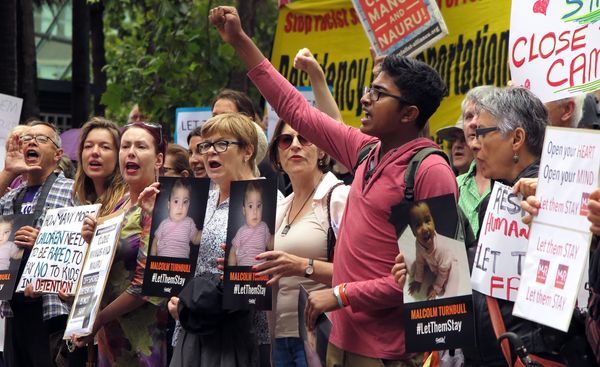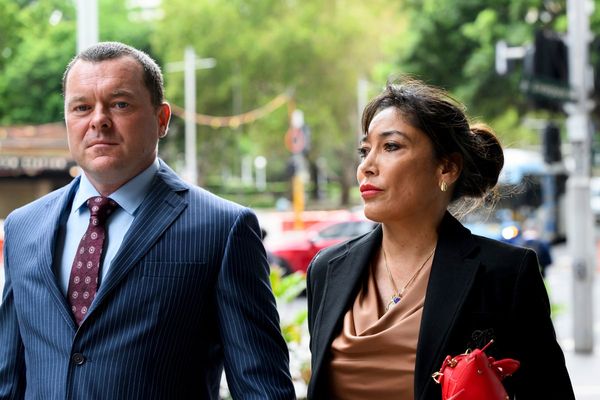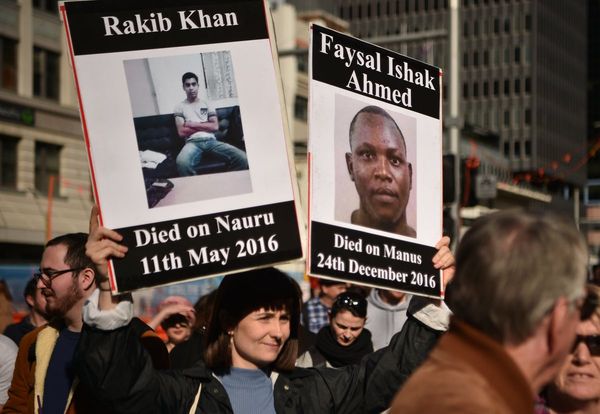The Federal Reserve kept interest rates steady, but hinted they could resume hiking rates in the months ahead, according to a policy statement released on Wednesday.
Why it matters: The Fed held off on hiking rates for the first time since its historic campaign to cool inflation began 15 months ago. However, officials anticipate they still have to do more to slow the economy as prices continue to rise quickly.
Driving the news: Officials on the policy-setting committee unanimously voted to keep the target range for the federal funds rate at 5% to 5.25%, marking the first time since last March that the Fed has concluded a policy meeting without raising interest rates.
What they're saying: "Holding the target range steady at this meeting allows the Committee to assess additional information and its implication for monetary policy," the policy statement reads.
- In opening comments at his news conference, Chair Jerome Powell said that "nearly all" policymakers "expect that it will be appropriate to raise interest rates somewhat further by the end of the year."
By the numbers: New forecasts released alongside the decision show most Fed officials expect rates to be higher by year-end (5.6%), suggesting two more hikes are on the horizon by December.
- The projections show the Fed expects rates to be notably lower than their current level by the end of 2024.
Details: The Fed also projected much quicker economic growth this year (1%) than anticipated when they last made estimates in March (0.4%). GDP estimates for 2024 were lowered just slightly (by 0.1 percentage point).
- The estimates also show the median Fed official anticipates the unemployment rate will rise to 4.1% by the end of 2023, a smaller rise in joblessness than the previous estimate of 4.5%. (As of May, the unemployment rate was 3.7%).
- Officials only slightly lowered projections for inflation: as measured by the Personal Consumption Expenditures index, officials anticipate it will be 3.2% at the end of 2023 (compared to the 3.3% they previously projected). By the end of next year, they say inflation will be 2.5% - still above the 2% level that officials target.
- Projections of core inflation, which excludes energy and food prices, were upgraded. Officials now anticipate it will be 3.9% by the end of 2023, 0.3 percentage points above the March estimate.
Catch up quick: In the weeks leading up to Wednesday's meeting, a top Fed official suggested that the central bank might "skip" a rate hike in June to allow more time to assess how its previous moves are impacting the economy.
- A number of indicators, however, have shown that economic demand is still hot with strong consumer spending, a resilient labor market and sticky underlying inflation. That's led some economists to believe that at least one additional rate hike later this year could be in store.
Powell, in his news conference, said that no decision has been made about when future rate hikes may occur. "The committee decision made today was only about this meeting," he said, but its meeting in July "will be a live meeting" meaning a rate hike will be on the table.
Go deeper: Listen to the Axios Today podcast, where host Niala Boodhoo and Matt Phillips explore whether the Fed is done raising interest rates.







